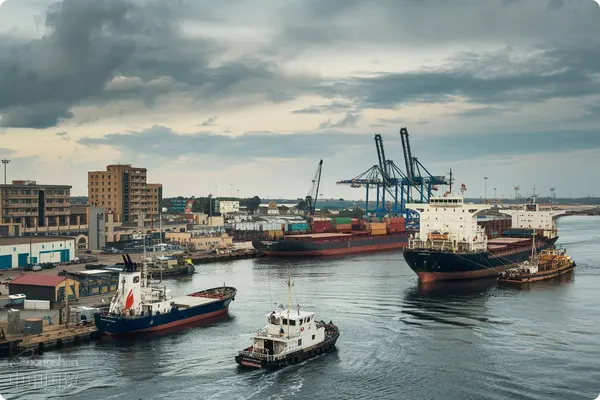- Shanghai Zhongshen International Trade Co., Ltd. - Two decades of trade agency expertise.
- Service Hotline: 139 1787 2118

Contents
ToggleTax exemption under the policy frameworkEquipment ImportsVoucher management
According to Announcement No. 12 of 2025 by the Ministry of Finance, the import of advanced equipment that complies with national industrial policies is eligible for tariff reductions. In the business of import agency,Four-part invoice systemThe compliant handling of (Customs Payment Vouchers, VAT Special Invoices, Proforma Invoices, and Commercial Invoices) is directly related to whether enterprises can smoothly enjoy policy benefits.
Analysis of Key Elements in Tax-Free Equipment Invoices
The import service agent should focus on the accuracy of the following document elements:
- Commodity classification code
- Fully matching the "Catalogue of Encouraged Imported Technologies and Products".
- Key Points of the 2025 HS Code Update
- Applicability of Price Terms
- Pricing methods under different scenarios of FOB/CIF/DDP
- Specification for the Separate Handling of Royalty Fees
- It is recommended to verify through the following methods:Please translate the following Chinese into English:
Explicit relevance
- The latest rules of origin under the Regional Comprehensive Economic Partnership Agreement (RCEP)
- Third partyEntrepot TradeDocumentation requirements for proof
Response strategies for typical dispute scenarios
In the customs inspection cases over the past three years,48% of the disputed pointsFocus on the compliance of invoice elements. We recommend that enterprises pay special attention to:
- Confusion in the identification of non-trade payment items and equipment costs
- Typical Case: A Semiconductor Company Faced Additional Tax Due to Failure to Separately Account for Technical Guidance Fees
- Requirements for invoice filing of subsequent regulatory equipment.
- Regulations on Invoice Management for Disposal of Equipment Under Customs Supervision
- Applicable boundaries of cross-border e-commerce retail import policies
- Additional B2B platform transaction invoice requirements for 2025
Comprehensive Compliance Operation Guide for the Entire Process
Professional service providers should establishThree-level review mechanism:
- Pre - review stage
Verify the consistency of the equipment's technical parameters with the entries in the "Catalog," with a focus on validating:
- Key indicators such as equipment power accuracy
- The validity period of the manufacturer's authorization document.
- Customs Clearance Phase
Adopt a "dual-track" invoice processing system:
- The correspondence between the proforma invoice for customs declaration and the contract terms
- Currency Conversion Rules for Settlement Commercial Invoices
- Post-Clearance Management
Establish5-year retrospective archive, Special Attention:
- Filing Procedures for Changes in the Actual Use of Equipment
- Archiving requirements for residual value assessment reports
Three Key Focus Areas for Risk Prevention
- Dynamic monitoring mechanism: Subscribe to the General Administration of Customs Policy Update Express Service
- Professional team configuration: Maintain at least two professionals holding customs declarant qualifications.
- System integration capability: Achieve direct data connection between the customs system and the financial system.
With the implementation of the "Smart Audit 2.0" system by customs in 2025, the proportion of machine-audited invoice elements will increase to 75%. It is recommended that enterprises prepare in advance.Digital Credential ManagementTransformation: Through the system interface of professional agency service providers, automatic matching between declaration data and original invoices is achieved, fundamentally avoiding compliance risks caused by human errors.
Related Recommendations
? 2025. All Rights Reserved. Shanghai ICP No. 2023007705-2  PSB Record: Shanghai No.31011502009912
PSB Record: Shanghai No.31011502009912










